The Raspberry Pi is a fantastic, credit-card-sized computer that is capable of so many things, from emulation to controlling electronics. However, there are still some tasks that'll tax this single-board computer's resources to their limits.
Without further ado, let’s take a look at what Raspberry Pi SBCs are either incapable of doing at all or performing well enough, either due to their very nature or the resources they have access to.
1. Run Cyberpunk 2077
Cyberpunk is a role-playing game released in 2020 set in a dystopian, futuristic open world, and it is merely an example to illustrate the point. You won’t be playing any AAA title on a Raspberry Pi.
To put it another way, if you are buying a Raspberry Pi for the purpose of playing popular, blockbuster video games released in the last few years, you will most likely be disappointed. This is because Raspberry Pis are built to be power-efficient and inexpensive and one of the tradeoffs is the quite under-powered CPU and graphics processor which are on a par with those of a mid-range smartphone.
The flagship Raspberry Pi 4B is not the best gaming device out there, but it can play some games. The emulation of old, classic video games is very possible with a Raspberry Pi due to the fact that most of these titles demand fewer resources and were designed to run on Potato PCs. If you're looking for something more than simple emulators and retro games, though, you'll have to look elsewhere.
You could probably stream a playthrough of the game at 4K resolution on your display but playing Cyberpunk passably is a physical impossibility for even the highest end of the Raspberry Pi models. A more appropriate gaming device would be your laptop with better specifications and a more powerful processor. So, be sure to take a look at the different ways you can improve gaming performance on your laptop.
2. Transcode Video Content
Transcoding is the process by which audio and video files are converted from one format to another. It allows files to be shared between devices that support different file formats, and allows users with less bandwidth to enjoy seamless streaming. By using transcoding, you can play H.265 video on a display that only supports the H.264 format.
However, the Raspberry Pi 4 can't handle this task very well because it doesn't have enough processing power for it. You can install a Plex media server on your Raspberry Pi and get direct streams out of it, but transcoding will be quite taxing on the Raspberry Pi hardware. You might even be able to get a stream on your client application, but it will most likely buffer and stutter through the play. Even pre-transcoding will take a considerable amount of time on a Raspberry Pi 4B.
However, if you're willing to wait for hours and hours (or even days), then you can use your Raspberry Pi 4 as a transcoder by installing FFmpeg or HandBrake on it yourself. There are other video converters you can install on Linux.
Overall, transcoding is not impossible with a Raspberry Pi 4, but it hardly works as expected and is better avoided altogether. You need to ensure that the video codecs on your media server are supported by your streaming client(s).
3. Run x86 Software
Raspberry Pi SBCs are not compatible with x86 software by default. The Raspberry Pi uses an ARM-based system-on-chip (SoC) which means that its instruction set architecture (ISA) differs from that employed by x86 computers. Therefore, applications designed for ARM-based systems will not run natively on x86 devices and vice versa.
This has its pros and cons. The primary benefit of ARM architecture is that its implementations are often cheaper and consume much less power. However, ARM chips often run slower than x86 ones, and you may find yourself unable to run your favorite programs due to compatibility issues.
That said, you can always use emulation to run x86 programs on ARM computers, but it is not a perfect workaround yet, and it typically takes up a lot of resources.
4. Run Windows Smoothly
This limitation of Raspberry Pi SBCs is closely related to the last one. Due to its chip architecture, the Raspberry Pi can only run Windows on ARM, a version of the operating system compiled for ARM devices. It is nowhere as fully-featured as the x86 version of the operating system, but Windows can be installed and used on a Raspberry Pi.
Regardless, the Raspberry Pi 4B is not a viable option for running Windows. While you can install an ARM-compatible version of Windows on your Raspberry Pi 4, it will be slow, laggy, and overall not a good option for your daily driver. There are other single-board computers better suited to running Windows than the Raspberry Pi.
5. Edit HD Videos
Video editing is another computing task that the Raspberry Pi 4B is capable of performing but doesn't particularly excel at. If you're a professional video editor and want to use the Pi 4 for your projects, don't. The Pi 4 isn't powerful enough to handle the intense workloads, and you'll end up with poor results.
You may be able to edit short video clips, about a minute long, but anything larger will present a challenge to the Raspberry Pi 4. Just as is the case with gaming and transcoding, the Raspberry Pi 4B doesn’t have enough processing power to handle serious video editing.
If you absolutely have to edit videos on a Raspberry Pi, get the 4GB (or 8GB) version of the Raspberry Pi 4B, a fan, and an SSD instead of a microSD card.
6. Boot From Internal Storage
The Raspberry Pi still requires a microSD card for storing your files and to load an operating system, although you can connect external storage devices and get the Raspberry Pi to boot from an SSD.
Other SBCs such as the Banana Pi feature an embedded MultiMediaCard (eMMC) for internal storage and have an SPI switch that lets you select whether to boot from internal or external storage.
Since eMMC read/write speeds are much faster than what SD cards offer, you may encounter unnecessary bottlenecks during normal operation. We can only hope that the much-anticipated Raspberry Pi 5 will feature an eMMC or other superior storage option.
The Raspberry Pi 4B Is Still Capable of So Much
The Raspberry Pi is a wonderful little machine that has come a long way since it was first created. However, there is no such thing as one-size-fits-all in computing and there are several tasks at which the Raspberry Pi still doesn’t excel. And that is fine, because it works well enough for its original purpose, making computers low-cost and accessible to all.


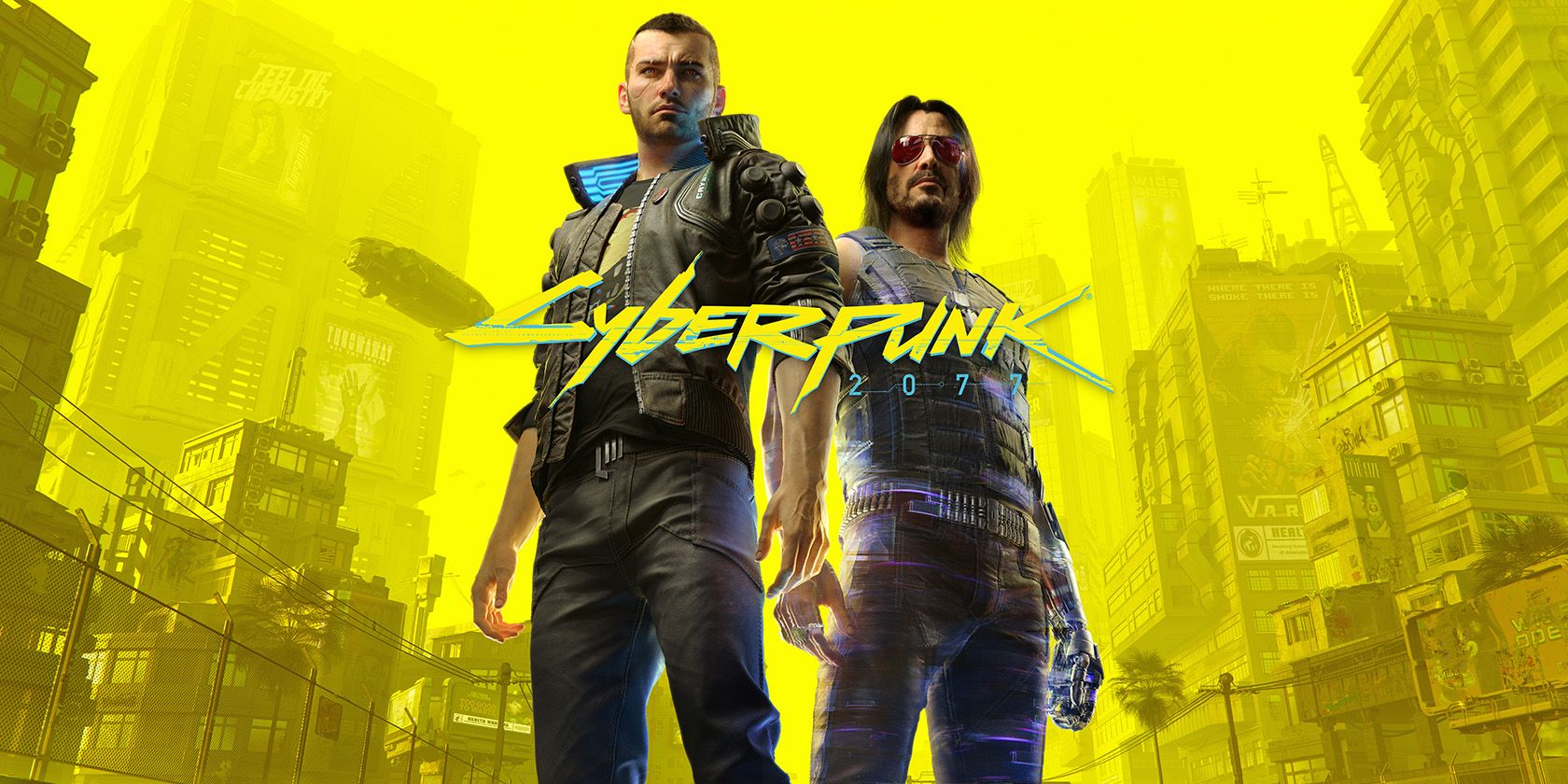
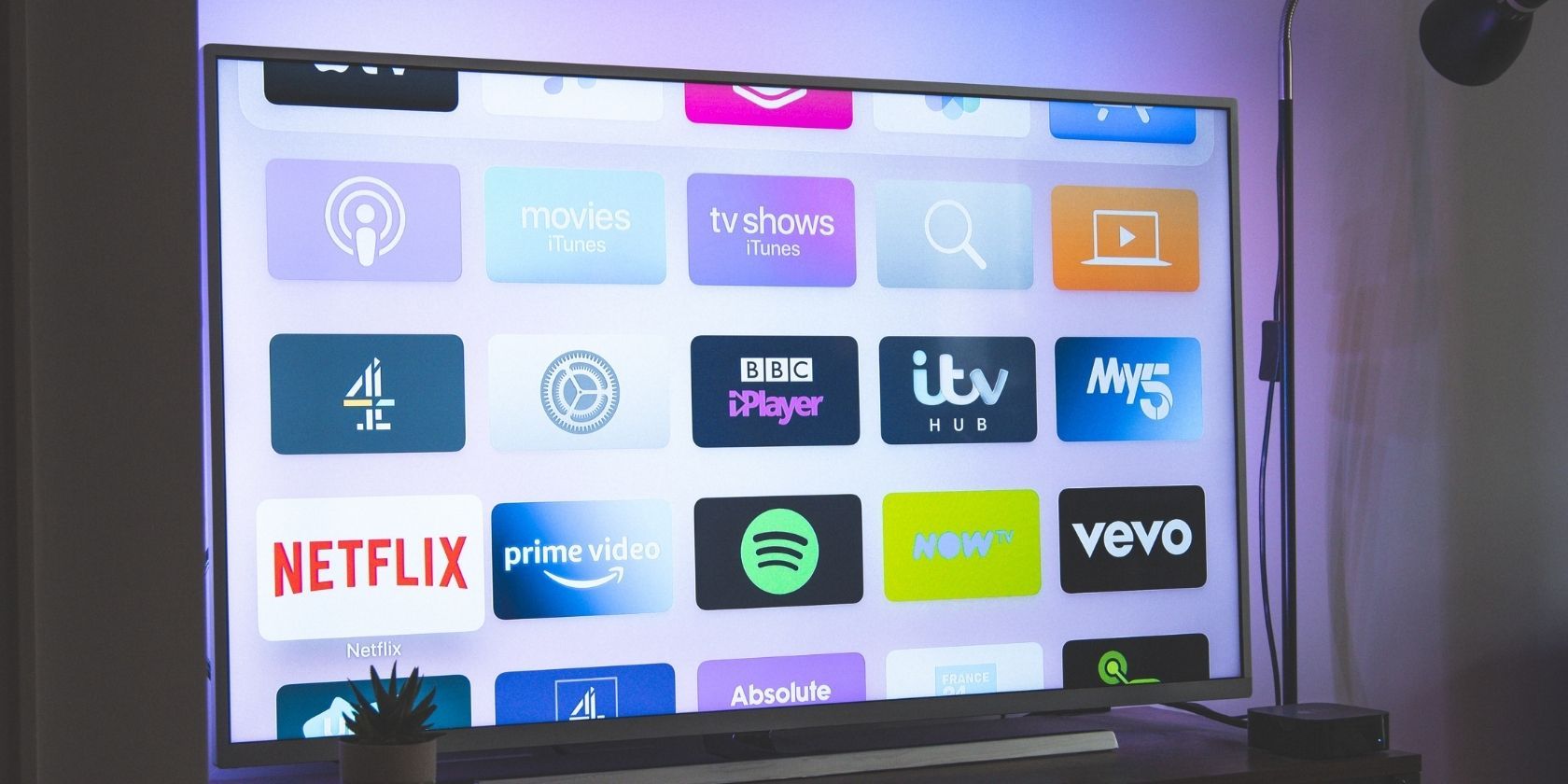
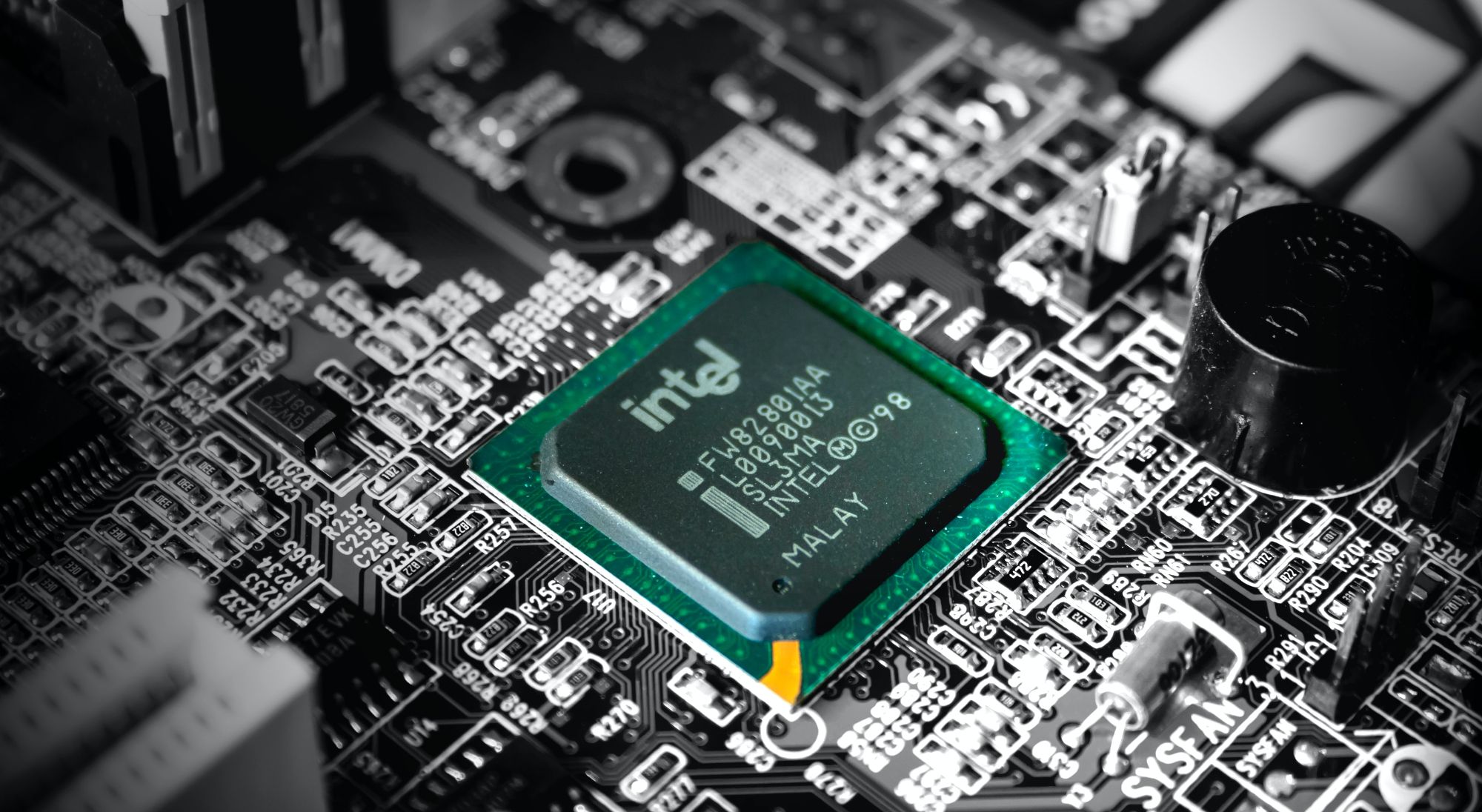
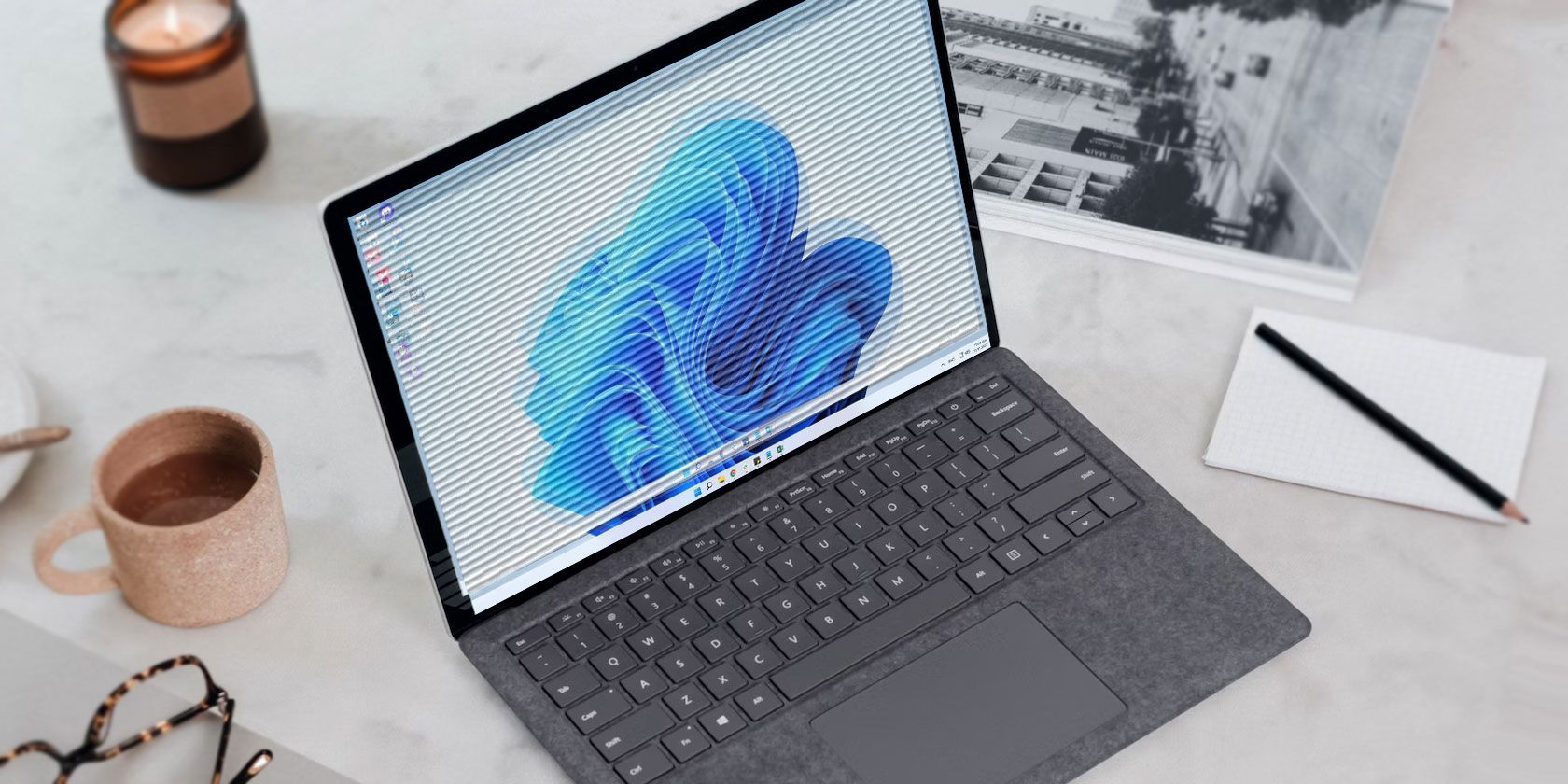
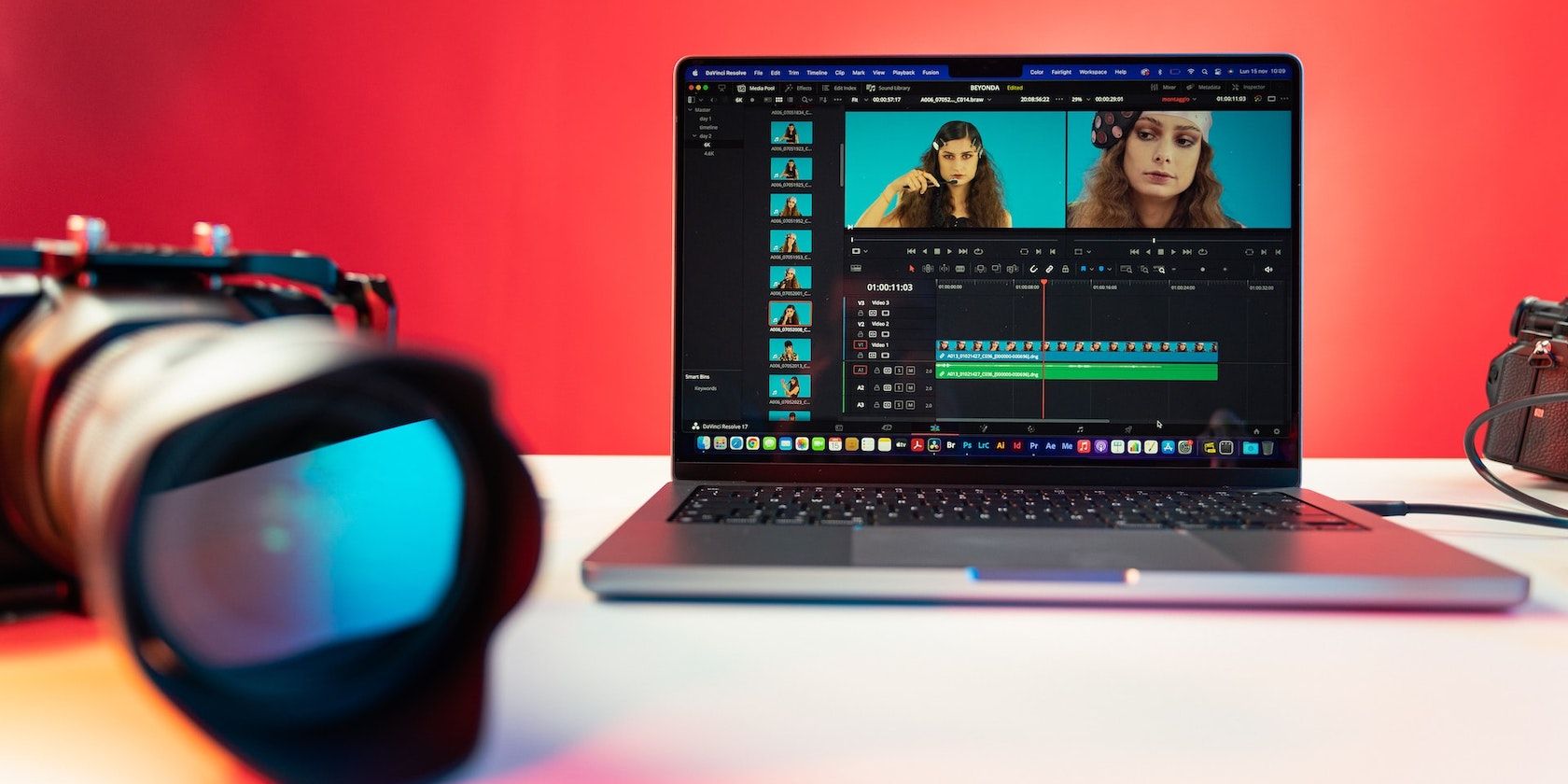
.jpg)